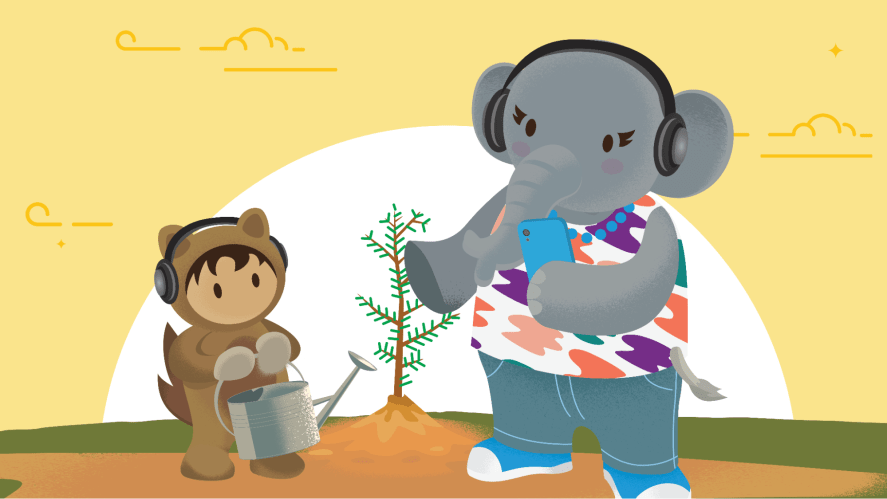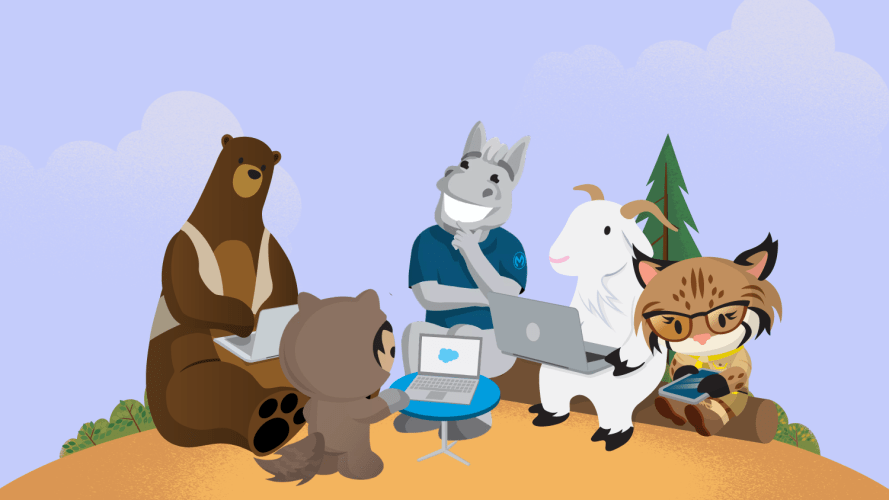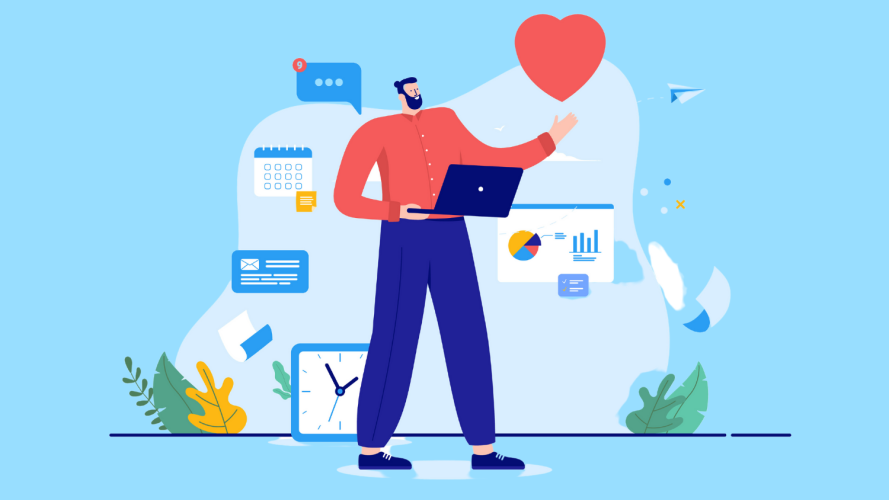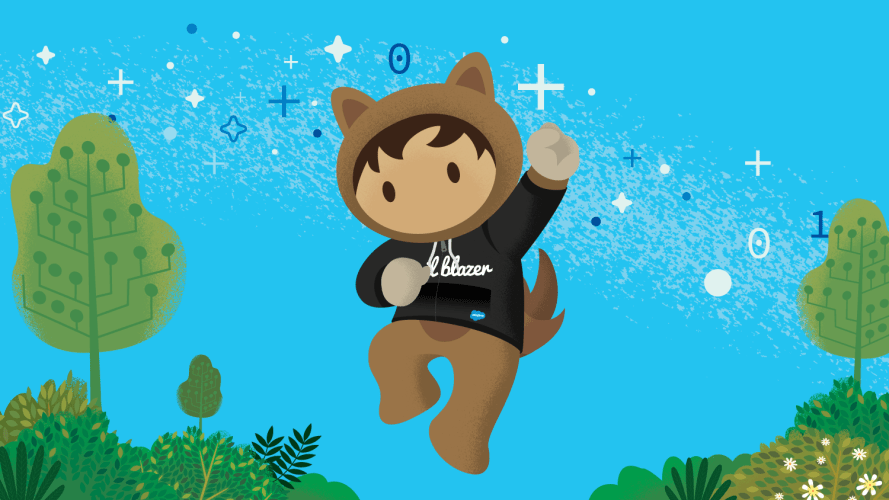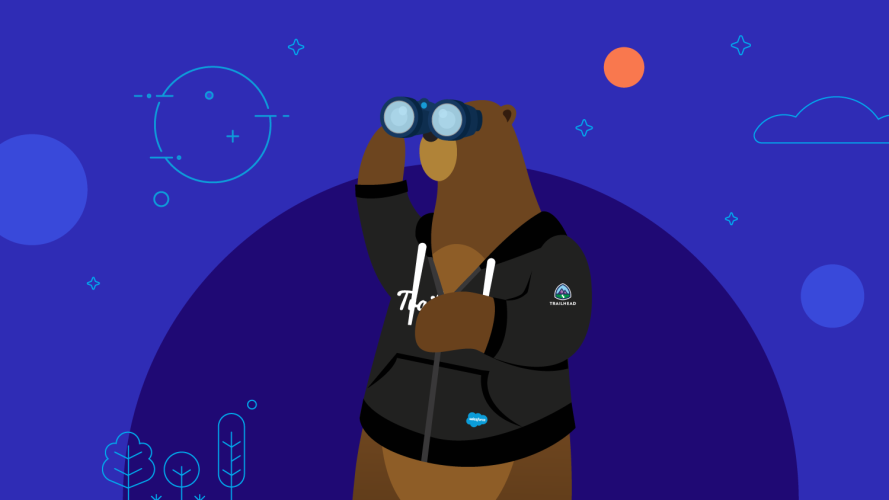App and Web Accessibility Standards: From Compliance To Belonging
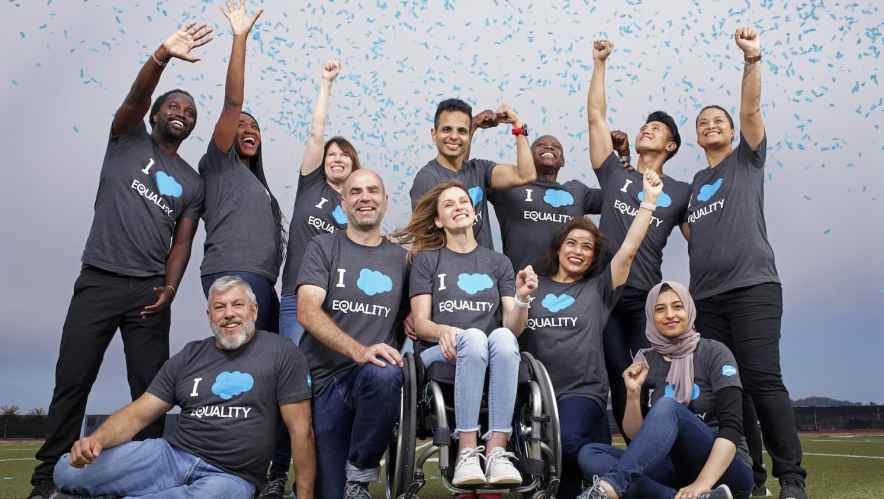


Being an ally means to thoughtfully design your apps and website content with everyone in mind – including people with disabilities.
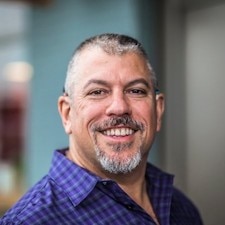
Daniel Sonnenfeld
Building accessible web and mobile applications and creating digital content that meets web accessibility standards is bigger than an equality issue; the practice makes good (and profitable) business sense. In 2018 Accenture published Getting to Equal: The Disability Inclusion Advantage in partnership with the American Association of People with Disabilities (AAPD) and Disability:IN. The report shows how companies that employ and support persons with disabilities in their workforces significantly outperform their peers, with 28% higher revenue and twice the amount of profit.
The World Health Organization estimates that 15% of the world’s population (and growing) – around one billion people – has a disability. In the U.S., The Center for Disease Control and Prevention puts that number at 26% of U.S. adults – 61 million people. People with disabilities represent a huge and mostly untapped market for customers and opportunities for talent. At Salesforce, we believe in the equal value of all lives and strive to build a welcoming workplace. Creating products that are accessible and inclusive of all of our customers is a critical part of this belief.
As a Deaf person, I frequently encounter a lack of access on the web, especially when videos have low-quality captions – or none at all. I’m also a co-founder of Abilityforce, Salesforce’s employee resource group for people with disabilities and allies. So, in 2019 after being with Salesforce since 2011, I moved into a new position as Accessibility Compliance Program Director on the Product Accessibility team.
I partner with the Product Accessibility team to raise visibility on product accessibility issues. With the support of my bright and caring colleagues, I directly impact our software development process and ensure Salesforce software solutions are more accessible in our entire ecosystem. This includes software that is used by our employees, partners, customers, and our customers’ customers.
What is the Salesforce Accessibility Compliance Program?
The program I lead includes overseeing the production of Accessibility Conformance Reports (ACRs). ACRs document how well a given Salesforce product conforms to accessibility standards for users with disabilities – be they lifelong, acquired, temporary, situational, or chronic.
An ACR guides the assessment of whether a product meets standards for accessibility, answering questions such as:
- Is all content on a web page readable by a screen reader for the blind or those with low vision?
- Can the page interactions be accessed via keyboard for people with limited ability to use a mouse?
- Is the content simple and readable, even when the concepts are complex?
These reports are typically generated by independent auditors, and adhere to a standard format; the Voluntary Product Accessibility Template (VPAT). The auditors run extensive tests and look for how well the product conforms to accessibility standards and works with assistive technology – meaning technology or systems that help people with disabilities use computers or complete any task of daily living. When the auditors complete testing, their reports inevitably come accompanied by lists of bugs found during testing. Our products are very complex and have dependencies on operating systems, browsers, and assistive technology. As all of us in software development know, manual and automated tests never catch all defects. That’s also true with accessibility.
Another task I love is helping the Salesforce Office of Accessibility and our accessibility support engineers to respond to questions about product accessibility and ACRs from sales and support teams and customers. Not all products have a published ACR yet, and some of the best accessibility feedback comes from our end users. Most of my career has been managing programs for internal systems, so it’s exciting to have broad community contacts in this role.
I work with our product managers to prioritize bugs found by internal teams, auditors, and customers, and I support the development and Accessibility teams to devise fixes and track them through release. After all these product changes are incorporated, it’s time for an accessibility evaluation. We enter into a contract with an auditor, kick off an updated assessment, and generate a new ACR. Each cycle generates better accessibility results, a more usable product, and happier, more productive Salesforce customers and end users.
Currently, we use spreadsheets to track the production of ACRs. This program includes automating the process to scale for Salesforce’s growth and expanding product portfolio. This means there’s some engineering work for me, too. Woohoo!
What can we do to further app and web accessibility standards?
When the word accessibility is broken down, it means the “ability” to “access.” Thoughtfully design your digital content and apps with everyone in mind, including people with disabilities. At Salesforce, we practice the principles of inclusive design You can, too.
On Trailhead, our free online learning platform, you can take a course to learn all about web accessibility practices. You can also see some web accessibility principles in action, and learn how to incorporate these into your own digital content. Share your accessibility wins, and reach out to your development team to investigate where your products and services can be improved. If you are working on a software product, test it without a mouse. Is everything accessible? Keyboard accessibility is the “ground floor” of full accessibility conformance and a good place to start.
Why inclusion and belonging matter
My job represents a significant step for any company on the path toward accessibility. Accessibility creates inclusion that leads to a feeling of belonging, where users of all abilities can bring their authentic and most successful selves to work. I look forward to networking with others in the field and influencing increased accessibility across the tech industry and beyond.
Get started with web accessibility
Design, code, and create digital content accessible to all.














